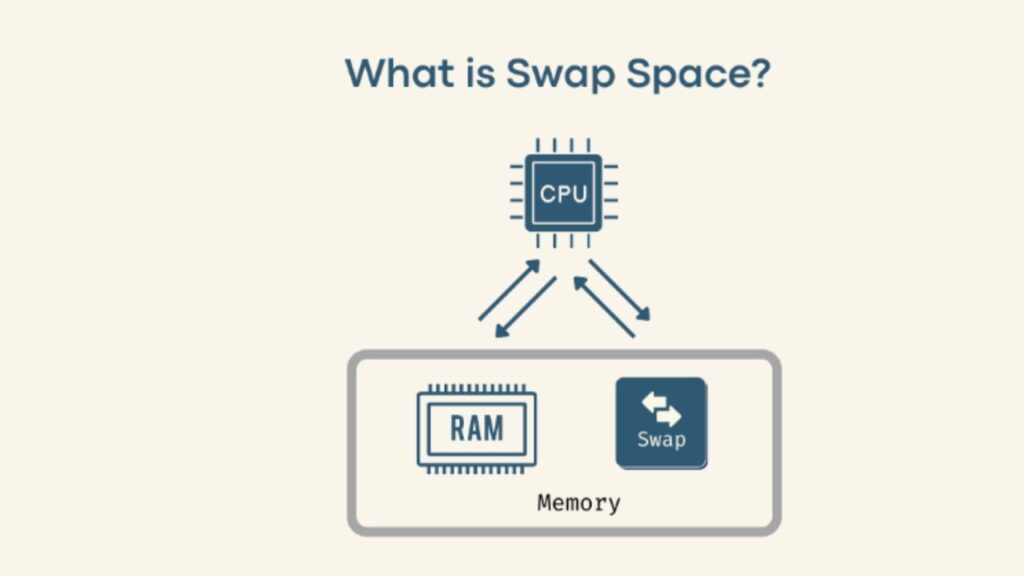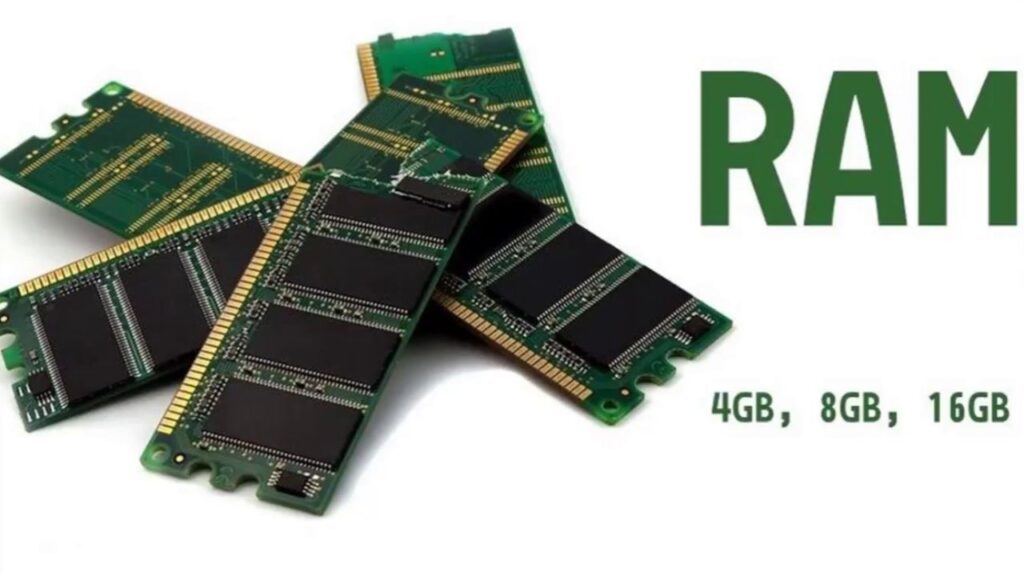Linux is a versatile operating system that can be used for a variety of tasks, from basic web browsing to heavy development work. As a result, the amount of RAM needed for Linux can vary depending on your specific needs.
Linux, the open-source operating system, is renowned for its flexibility and scalability. One of the many questions Linux users often ask is, “How much RAM does Linux need?” In this article, we’ll explore these factors and provide some guidelines to help you determine how much RAM your Linux system might need.
How Much Ram Is Normal Usage?
How much memory does one need to store all the information? Most casual computer and internet users should have 8GB of RAM, while spreadsheets, office programs, graphic designers, and multimedia artists should have 16 GB.
Why Is Linux Using So Much RAM?
Linux consumes so much memory for its disk cache because it consumes so much RAM if unused. Keeping the cache ensures that the data will always be in the cache in memory if something needs to change.
How Much RAM Does Linux Use?
A general Linux OS with Mate and LXDE desktop uses around 150 to 200 MB of RAM. A general Linux OS with XFCE and KDE desktop uses around 300 to 400 MB of RAM. With GNOME, it is around 1.2 to 1.7 GB.
Minimum Linux System Requirements
The minimum amount of RAM required to run Linux is 2GB. This will allow you to use the operating system for basic tasks such as browsing the web, checking email, and using office productivity software.
However, you will need more RAM if you plan on doing more demanding tasks, such as running multiple programs at once or using graphics-intensive applications.
Recommended Requirements
For most users, 4GB of RAM is a good starting point for Linux. This will allow you to run multiple programs simultaneously and use most applications without problems.
If you plan on doing more demanding tasks, such as video editing or gaming, consider 8GB or more of RAM.
Desktop Environment
The desktop environment you choose also plays a significant role in determining the RAM requirements of your Linux system.
Lightweight desktop environments like Xfce, LXQt, and LXDE consume considerably less RAM than heavyweight ones like GNOME and KDE Plasma.
If you have limited RAM, opting for a lightweight desktop environment can make your system more responsive.
Other Factors
Other factors that can affect the amount of RAM needed for Linux include the type of software you use and your overall workload.
For example, if you use a lot of memory-intensive applications, such as video editing software or virtual machines, you will need more RAM.
Linux Distributions
The RAM requirements for Linux depend largely on the distribution you’re using. Lightweight distributions like Lubuntu and Puppy Linux can run smoothly with as little as 512MB of RAM.
On the other hand, more resource-intensive distributions like Fedora, Ubuntu, and CentOS might need 2GB or more to perform well, especially if you plan to use resource-intensive applications.
Usage Scenarios
How you plan to use your Linux system is crucial in determining RAM requirements. If you intend to use it as a simple file server or for running command-line applications, you can get by with minimal RAM.
However, if you plan to use it for gaming, video editing, or running virtual machines, you’ll need significantly more RAM to ensure a smooth experience.
Multitasking
If you’re a heavy multitasker and often have multiple applications open simultaneously, you’ll need more RAM.
Linux excels at multitasking, but to keep things running smoothly, you should have enough RAM to accommodate your multitasking habits.
4GB is generally considered a minimum for moderate multitasking, while 8GB or more is recommended for heavy multitasking.
Server vs. Desktop

A Linux server’s RAM requirements differ from a desktop system’s. A server typically runs headless (without a graphical desktop environment) and is optimized for specific tasks.
The RAM requirements for a server depend on the services it provides. For example, a web server might require less RAM than a database server handling large datasets.
Swap Space

Swap space is a portion of your storage that Linux uses as virtual memory when it runs out of physical RAM.
While swap space can help prevent system crashes when RAM is exhausted, it’s not a substitute for having enough physical RAM.
If your system frequently relies on swap space, it can result in a noticeable slowdown. To ensure optimal performance, it’s best to have enough RAM to keep swapping to a minimum.
The Right Amount of RAM for Your Linux System
- Consider your budget. RAM is one of the most expensive components of a computer system. If you are on a tight budget, choose a system with less RAM and upgrade later.
- Think about your workload. If you do a lot of demanding tasks, such as video editing or gaming, you will need more RAM.
- Look at the desktop environment you want to use. Some desktop environments are more resource-intensive than others.
- Consider other factors, such as the type of software you use and the number of programs you typically have open at once.
If you are still trying to figure out how much RAM you need, consult a Linux expert for advice.
System Requirements
- RAM: To run the Linux OS smoothly minimum 1-2 GB RAM is required.
- Central Processing Unit: Linux can give optimum performance on an Intel Pentium or a higher processor.
- Hard Disk: A 4 to 5 GB hard disk is enough to store the system and other important files of a Linux distribution.
- Lightweight Linux:
Conclusion:
Determining how much RAM your Linux system needs is not a one-size-fits-all proposition.
It depends on various factors, including the Linux distribution, desktop environment, usage scenarios, multitasking habits, and whether you’re running a server or desktop system.
To find the right balance, consider your specific needs and budget.
As a general guideline, 4GB of RAM is suitable for basic tasks, 8GB provides a more comfortable experience, and 16GB or more is recommended for resource-intensive tasks.
Ultimately, the amount of RAM you choose should align with your Linux system’s intended purpose and your personal preferences for performance.
So, how much RAM does Linux need? The answer depends on your specific needs and usage patterns. If you are still determining how much RAM you need, it is always better to err on the side of caution and choose a system with more RAM.
This will ensure that your system is not bogged down and that you can enjoy a smooth and responsive experience. Comment here.

